Abysinnia 1867 – 68
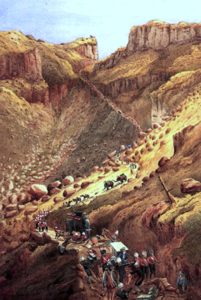
The native ruler of Abyssinia (Ethiopia), King Theodore, had been on friendly terms with Britain from whom he was anxious to secure aid and had sent the British Consul to England with a personal message for the Foreign Secretary. But the letter was ignored and the Consul returned without a reply. This so enraged Theodore that the consul and his entourage were seized and cast into prison, alongside missionaries and others, of various nationalities, at his capital Magdala in the Abyssinian Highlands. After unsuccessful negotiations to release them it was decided to send an expeditionary force from India to release them and to punish Theodore for their imprisonment and maltreatment.
Lieutenant General Sir Robert Napier was appointed to lead the force of some 12,000 British and Indian troops, including the 33rd (Duke of Wellington’s) Regiment. The force landed at Annesley Bay in the Red Sea coast in early December 1867. Their objective, Magdala, lay some 390 miles away on a craggy plateau 10,000 feet above sea level through a daunting wilderness of barren mountains, steep valleys and high passes.
Moving this force, building the roads and supply system, was an exceptional logistical, planning and engineering challenge. By early April 1868, after five months of effort, over half the force had been assembled within striking distance of Magdala. Though King Theodore was aware of the approaching threat he apparently felt secure in his fortress having done only a limited amount to impede the force’s progress. On 10th April he decided to give battle, with disastrous results, at the Bashilo River on the approach to Magdala. He was repulsed with some 800 killed and 1500 wounded – it was the first time the new Snider rifle had been used in anger. This reverse so shook the King that he attempted to negotiate but Napier would only offer unconditional surrender and release of all prisoners, to which Theodore would not agree and Napier resolved to take the Magdala citadel by storm.
The assault was launched on 13th April (Easter Sunday) with a preliminary bombardment by all the force’s 18 guns and mortars, plus the rockets of the Naval Brigade. The assault was along the only practicable route to the fortress, a narrow, boulder strewn track bounded on one side by a sheer drop and on the other a perpendicular cliff, a route which Theodore believed to be impregnable. The 33rd led the advance, together with the Madras Sappers and Miners, and got to within assaulting distance of the gateway. At this critical moment there was an “awkward pause” when it was discovered the Sappers had forgotten to bring with them not only their explosives for blowing the gate but also their scaling ladders. The 33rd were ordered to continue the assault as best they could. Under very heavy fire Private Bergin, a very tall man, stabbed a gap in the thorn hedge defences, Drummer Magner then clambered on Bergin’s shoulders onto a ledge, helped Bergin up after him, Bergin then set up a steady fire allowing Magner to pull up more men behind him to secure the ledge, breach the defences and secure the Magdala plateau. With the breach of his defences, determined not to be taken prisoner, Theodore shot himself with a pistol that had earlier been sent to him by Queen Victoria. A captured drum was divided between the three British Regimen’s taking part – the 4th (King’s Own), 3rd Dragoon Guards and, the central portion, to the 33rd.
Bergin and Magner were each subsequently awarded the Victoria Cross for the critical part they had played in the successful storming of the fortress.


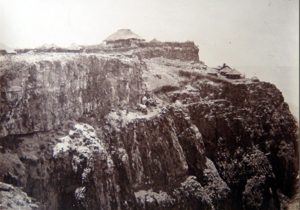
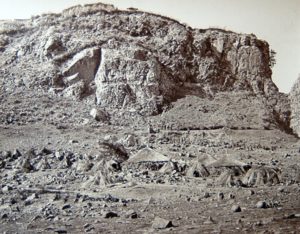
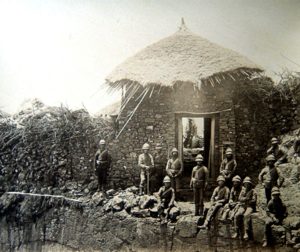
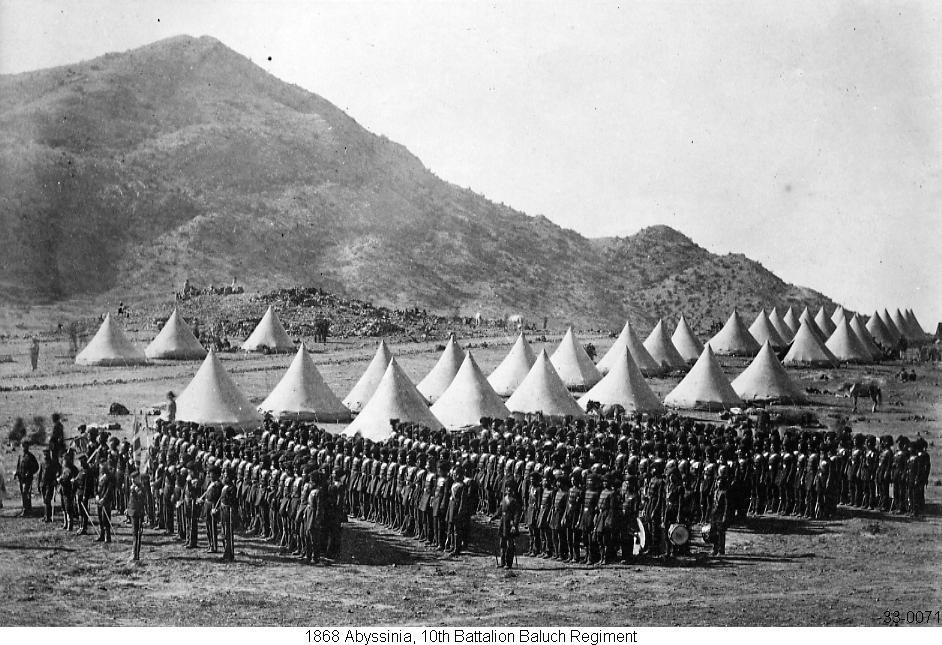
It was during this campaign that the ‘Dukes’ first became connected with the Baluch Regiment. This is continued today in the Yorkshire Regiment’s affiliation with the 10th Battalion of the Baluch Regiment, of the Pakistan Army.